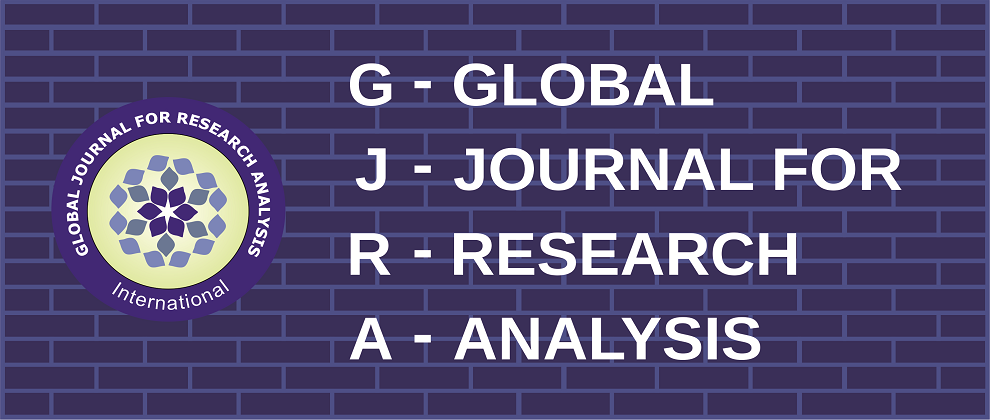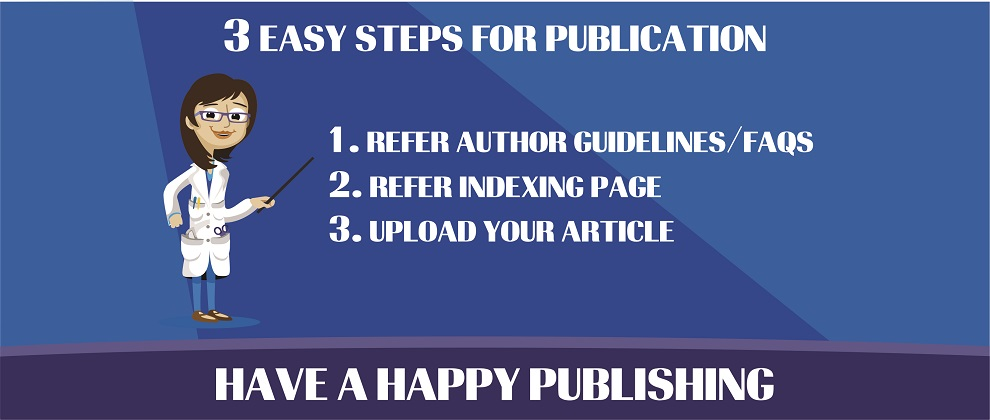Volume : 6, Issue : 5, May - 2017
MENSTRUAL DISTRESS AND WELLBEING
Aparajita Sharma, Aakriti Jain, Anupreet Kaur Arora
Abstract :
<p> <span lang="EN-IN" style="text-align: justify; font-size: 12pt; line-height: 115%; font-family: "Times New Roman", serif; background-image: initial; background-position: initial; background-size: initial; background-repeat: initial; background-attachment: initial; background-origin: initial; background-clip: initial;">The<span class="apple-converted-space"> </span>menstrual cycle<span class="apple-converted-space"> </span>is the regular natural change that occurs in the<span class="apple-converted-space"> </span>female reproductive system</span><span lang="EN-IN" style="text-align: justify; font-size: 12pt; line-height: 115%; font-family: "Times New Roman", serif;">. Menstrual distress refers to the types and the intensity of symptoms women experience during each phase of the menstrual cycle. <span style="background-image: initial; background-position: initial; background-size: initial; background-repeat: initial; background-attachment: initial; background-origin: initial; background-clip: initial;">Well-being</span><span style="background-image: initial; background-position: initial; background-size: initial; background-repeat: initial; background-attachment: initial; background-origin: initial; background-clip: initial;"> or wellness<span class="apple-converted-space"> </span>is a general term for the condition of an individual or group, for example their social, economic, psychological, spiritual or medical state. A high level of well-being means in some sense the individual or group‘s condition is positive, while low well-being is associated with negative happenings.</span> The present investigation aims to study the relationship between menstrual distress and wellbeing among women in 2 age groups- 20 to 25 years and 40- 45 years and comparison between these 2 groups on menstrual distress and well being. For the above mentioned purpose a sample of 100 females, divided into two groups was taken from Chandigarh. One group consisted of 50 females in menstrual cycle phase (age range 20-25 years) and the other group consisted of 50 females with menstrual cycle (age range 40-45 years). For this purpose, Menstrual distress questionnaire (MOOS, 2016) and Psychological general wellbeing Index (Martin, 2004) were administered to the sample. Correlation analysis and t-ratio were used for the statistical analysis. Differences were found among the two groups. The results will be discussed as per the implications.</span></p> <p class="MsoNormal" style="text-align:justify"><b><span lang="EN-IN" style="font-size: 12pt; line-height: 115%; font-family: "Times New Roman", serif;">AIM:</span></b><span lang="EN-IN" style="font-size: 12pt; line-height: 115%; font-family: "Times New Roman", serif;"> To study the relationship between menstrual distress and wellbeing among women in 2 age groups- 20 to 25 years and 40- 45 years and comparison between these 2 groups on menstrual distress and well being.<o:p></o:p></span></p>
Keywords :
Cite This Article:
Aparajita Sharma, Aakriti Jain, Anupreet Kaur Arora, MENSTRUAL DISTRESS AND WELLBEING, GLOBAL JOURNAL FOR RESEARCH ANALYSIS : VOLUME-6 | Issue‾5 | May‾2017


 MENU
MENU

 MENU
MENU

